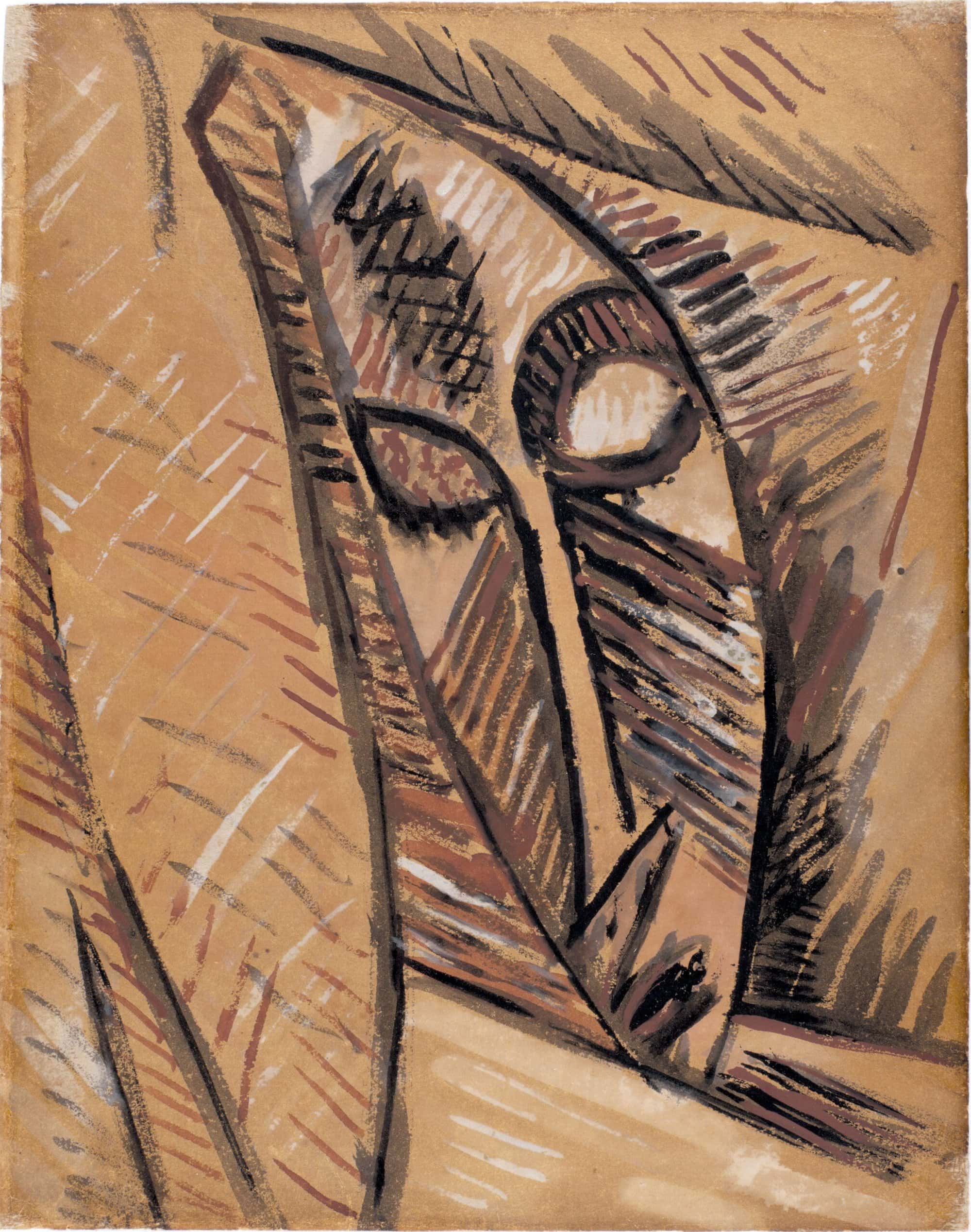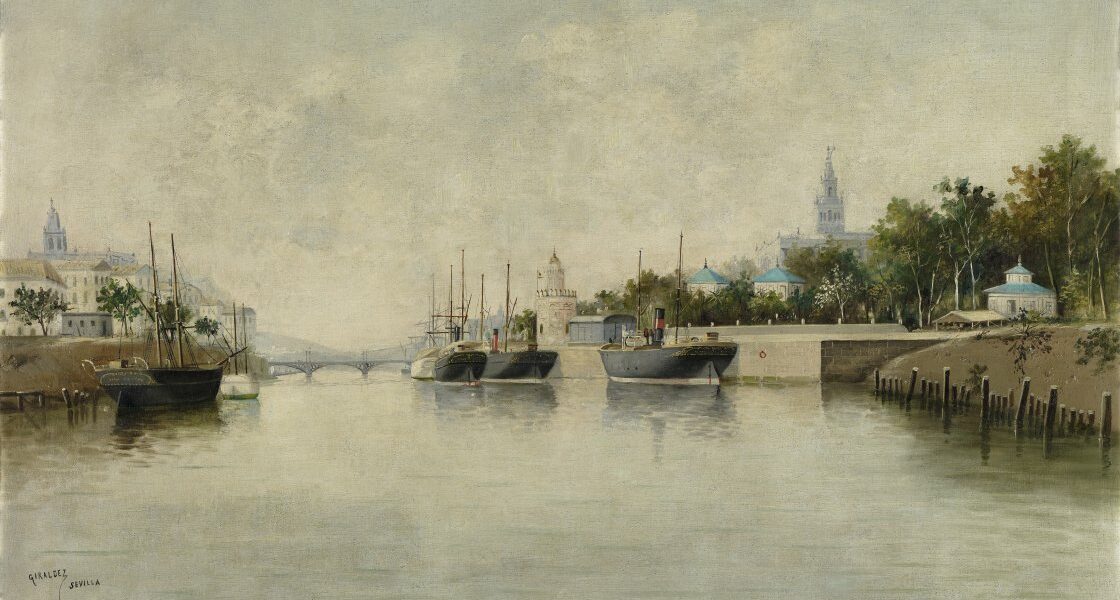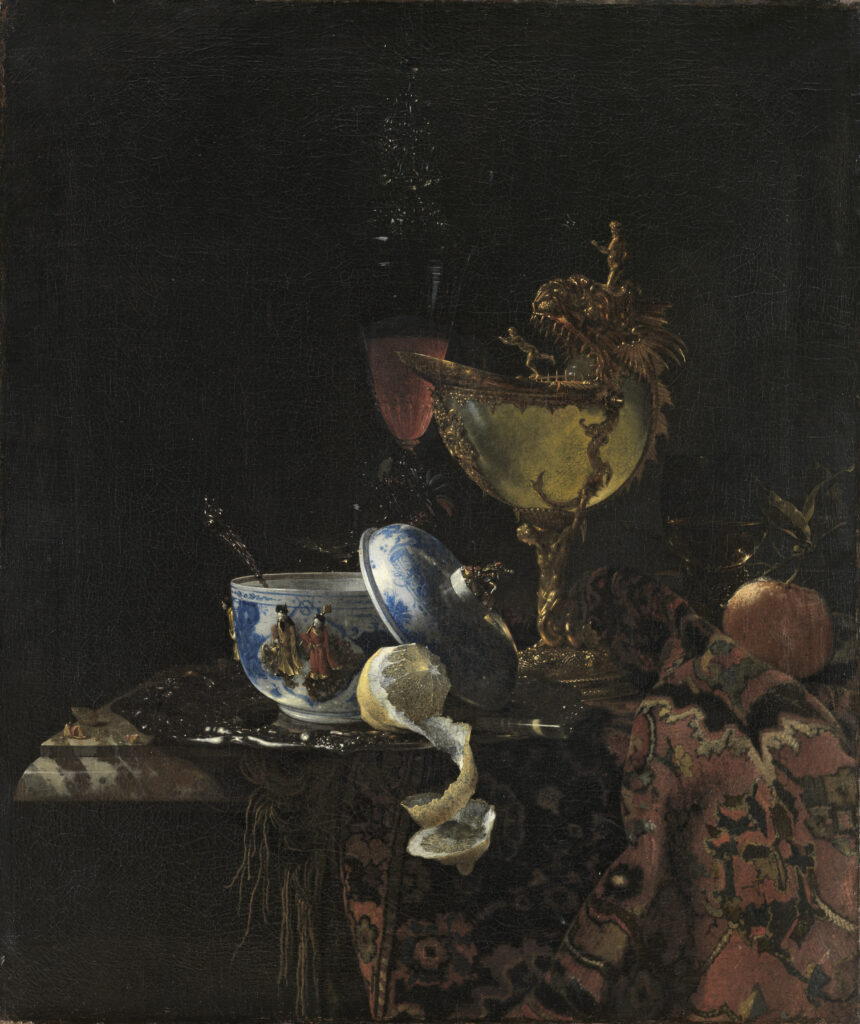There are so many conversations happening now about the effect of colonial mentality and structures on geopolitics and human rights, and lots of us reflecting on how its effects our individual world views. If you are in Madrid this summer or fall. one compelling way to continue the dialogue with yourself or someone else might be to visit the Colonial Memory exhibit at Madrid’s Museo Nacional Thyssen-Bornemisza, which runs from June 25 to October 20, 2024. It promises to be a deeply layered look at the colonial system that lies at the heart of western society, and how it has been both advanced by and reflected in art beginning in the 16th century.
This exhbit will focus on the “invisibilized” stories of racial and civil domination in 55 works from the museum’s permanent, historical collection. It also illustrates the rise of the merchant class and its tie to military structures, explores western notions of the “Orient”, and reflects on the appropriation of various cultures in what western society has labelled ground-breaking art, like that of Picasso.

The exhibits curators write that “what the paintings hide is more important than what they reveal”, and stands, they say, as an example of the museum’s commitment to “the diversity of interpretations of its collections, and be open different currents of thoughts and perceptions.”

Above is Willem Kalf’s Still Life with a Chinese Bowl, a Nautilus Cup, and Other Objects, which shows examples of the kinds of porcelains, textiles and other “luxury” items brought from overseas to the west. Behind the beauty of the objects lies a story of exploration and extraction, and the abuse of human labour.







